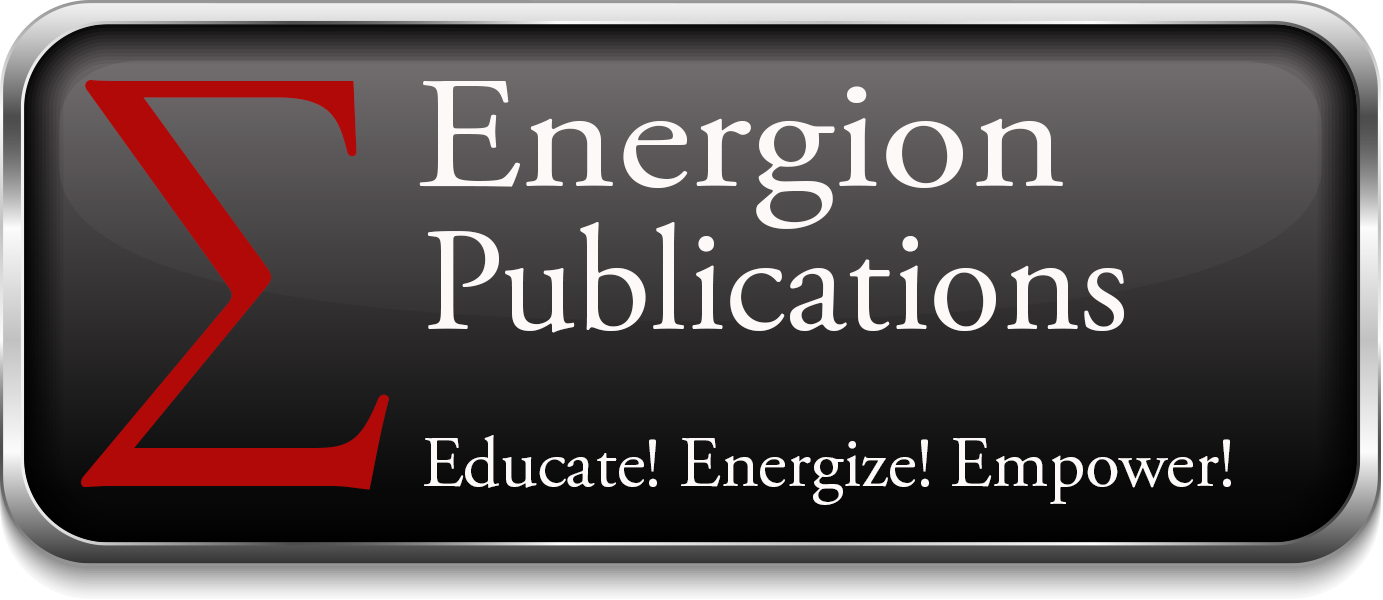Models for Spiritual Gifts
I’m focusing for a few days on the Holy Spirit and spiritual gifts and how they function in a congregation. A couple of days ago I blogged about the relationship between the fruit and gifts of the Spirit. Today I want to look at models.
When I was first asked to teach about spiritual gifts, I really didn’t know that much. I had read the lists and understood the basic theology, but in practical terms I was, to put accurately, naive. As I prepared I created dozens of handouts, and inflicted stacks of papers on those who attended the class. I don’t know how much those helped them in the long term, but I know that they lost them from time to time.
Why didn’t I use an existing program that was already packaged? Well, I had a problem with the model. Spiritual gifts seem to be commonly taught in one of two ways. Either we talk some about spiritual gifts, assume the audience understands, and then start randomly praying for people, often praying that they will receive a gift that they ask for. At the other extreme, we have the business approach, in which we take a psychologically accurate survey and produce a profile for each person. Now I can see the value in praying for people for spiritual gifts, and I can see the value in a survey, but neither seemed to me to satisfy what it meant to do spiritual gifts in church.
So I looked at the models that are used in the Bible for spiritual gifts and understanding the church. There are two that are dominant, the family (John, 1 John) and the body (1 Corinthians 12). The two methods I have mentioned don’t follow either of these models. The first I would describe as the “crowd” model, where you try to do nice things for individuals in the crowd, but you are not systematic. The second follows a business model.
I wanted an approach that involved people working together, listening to the Holy Spirit and to one another. This can be understood using either the family or the body models. In either case we don’t ask merely what spiritual gifts each person wants. We try to ask what gifts the church congregation needs or wants, and then look for the gifted people. Sometimes people will find out that they are truly gifted in an area they had not considered.
So I took all my handouts and put them together into a book, which became Identifying Your Gifts and Service. This book isn’t a “reading” book. It’s a workbook, and it’s designed to be used with a church program of teaching. There are even handouts from PowerPoint in the booklet if you want to follow the lectures that closely.
The key thing to note here is that this book is for use in conjunction with teaching by a pastor or teacher in the church who will lead a large group from the congregation in discovering their spiritual gifts as a family or body, by listening to the Holy Spirit and one another. It does include a survey, but the purpose of the survey is to suggest new ideas, not to make determinations. You shouldn’t buy this book if you want to explore your gifts individually. In fact, if you are tempted to explore your gifts individually I recommend you put that idea on hold and start looking for a good community of believers to work with.
After I taught this program at my home church, I was asked for tools for follow-up. It is unlikely you will get the entire congregation to attend one set of class sessions. In addition you will, hopefully, have many new members joining the church, and these folks need to be brought into service in areas for which God has gifted them. This request result in Identifying Your Gifts and Service: Small Group Edition.
This second book is not interchangeable with the original. They serve two different purposes. Where the first edition has handouts, this book has whole chapters explaining the concepts of spiritual gifts, offices, and service. It is designed for a new individual or small group to identify their gifts and find their place in a church community, working together with their pastor or appropriate church leader. There is no need to assign a teacher, because the material is there in the book.
If you are using these two books to build the gifts based ministry in your church, I recommend that you use the first edition and run a large class first. Create a large pool of gifted people who are aware of their gifts. While you are doing that, watch for the folks who are gifted to lead in various types of small group ministries. Then as new members arrive, or more of your older members get involved, you can assign them to small groups, facilitated by the leaders you picked out during your original class, who will use the small group edition in their study.





